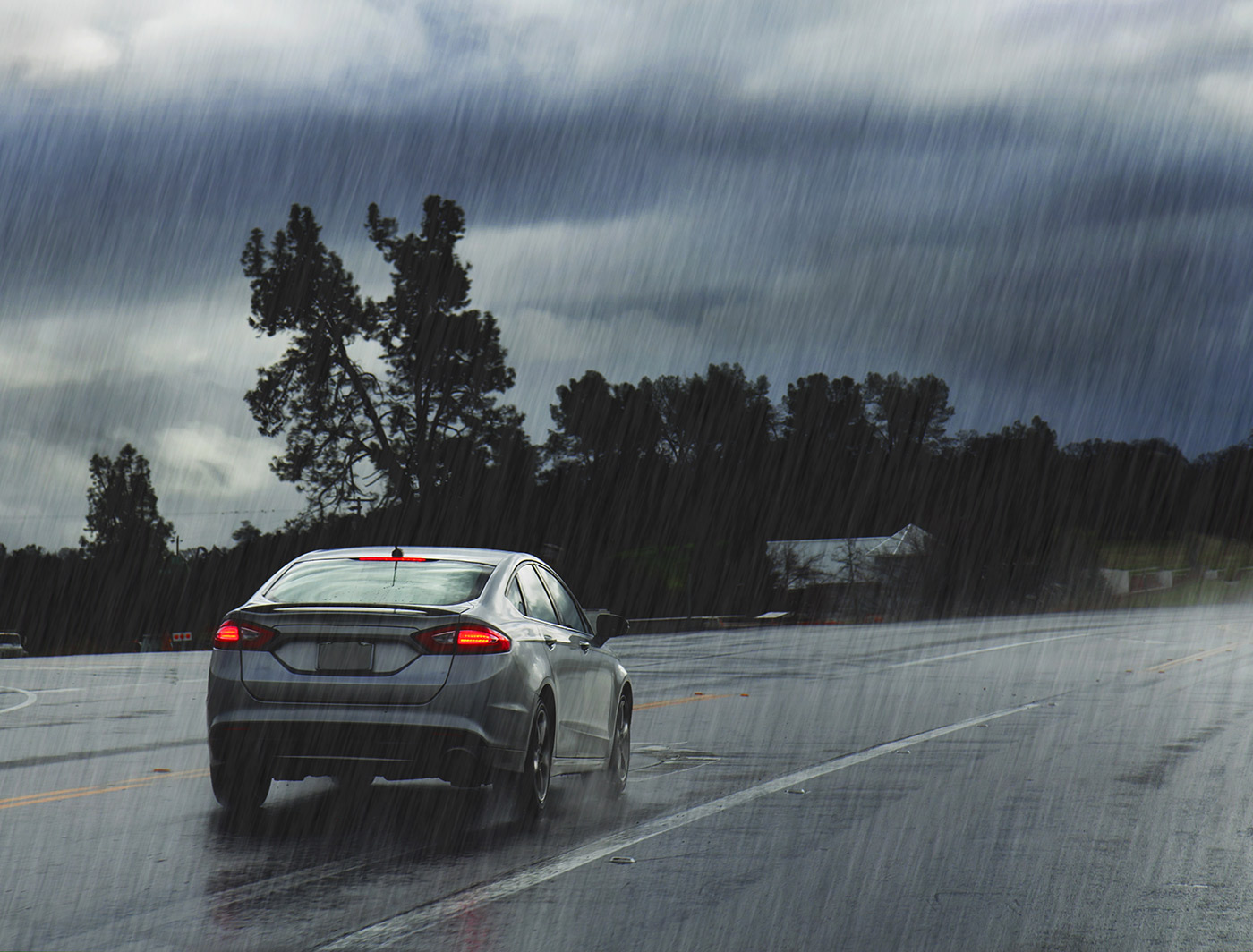
There is a lot of advice available online about filing auto insurance claims and maximizing compensation. That advice is useful and important. But it’s always best to start at the beginning, before the accident occurs. Preventing collisions is the most surefire way to keep costs down. To that end, there are a number of safety provisions to keep in mind.
It is specifically important to note safety protocols in dangerous weather conditions. Heavy rain and wind can dramatically increase your chances of getting into an accident. The following will outline some of the ways you can keep you and your passengers safe when braving the elements.
Avoid Driving
To begin, it’s always a good idea to opt out of driving when a big storm is underway or is about to move into your area. Rain storms are not eternal; they do end. Thus, it can’t hurt to rest while the storm does its damage. Avoiding driving in torrential rain is the best way to steer clear of storm-induced collisions. This will not only keep you safe; it will also ensure the safety of your passengers.
Preparing for the Journey
Of course, sometimes you have no other option. If you must venture out into the torrent, it’s best to properly prepare. To that end, there are a few things you can do to make your car rain-ready.
Tires
Checking your tires is a good first step. The treading on your tires is designed to maximize grip and thus avoid slippage on the road. Over time, the treading wears down and the grooves that help maintain the tire’s grip on the road become shallower. To test your treading, just insert a penny into the grooves. If Lincoln’s head is mostly submerged, your tires are most likely good to go. But if you can see the 16th president’s forehead, the treading is likely insufficient.
Lights
It’s also imperative to check to make sure your lights are working. Having your headlights on will help others see you as they try to navigate the storm’s wrath. It’s also legally required.
Windshields
Similarly, you want to make sure your windshield wipers are ready for the rain. Be sure to test them before you depart. If they aren’t working properly, you might be able to clean them off, but sometimes wipers have cracks or fissures making them useless in hard rain. That’s why it’s important to keep an extra set on hand, if possible. To that end, it may be a good idea to invest in a pair of aero wipers, especially if you have an older vehicle.
Drive Safely
Once you’re on the road, there are a few basic principles to follow. The easiest and most important principle is to drive at a much slower speed. There’s no reason to put you or your passengers at risk by flying down stretches of highway. Driving slowly can also reduce your chances of hydroplaning.
Hydroplaning
Hydroplaning occurs when a car is traveling at fast speeds (exceeding 35 miles per hour) over puddles on the street. If you find yourself driving too fast over a wet surface you could end up skidding off your axis, which is of course not ideal and incredibly unsafe. To repeat: driving at slow speeds is the best way to prevent this, but if you do end up driving over a large puddle, you should be sure to utilize good braking practices. Most importantly, don’t slam on the breaks. This can worsen the problem. Instead, it’s best to press the brake pedal gradually and to keep your hands firmly on the steering wheel.
Mindfulness
It’s also a good idea to be mindful of the vehicles around you. For instance, if it’s raining really hard and there are gusts of wind, you may want to avoid being near large tractor trailers or any other large vehicle that looks intimidating. It is of utmost importance to remain focused while driving in extreme weather conditions. This means no distractions whatsoever.
Sadly, no matter what we do, accidents can and do occur. If you find yourself in a collision, you should consult with an attorney with experience in automobile accident claims.















